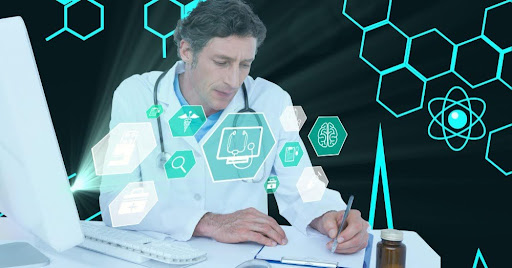In the complex world of pharmacovigilance, the stakes couldn’t be higher. Detecting safety signals promptly and accurately can mean the difference between safeguarding patients and exposing them to unnecessary risks. Yet, despite advancements in healthcare, many teams still struggle with the overwhelming volume of data, regulatory pressures, and the limitations of traditional methods.
How can today’s pharmacovigilance professionals keep pace in this ever-changing environment? The answer lies in signal detection automation and cutting-edge drug safety database software, transforming how safety signals are identified, analyzed, and addressed.
Curious to learn how technology can revolutionize your approach to drug safety? Read on to explore the most pressing challenges in signal detection and how innovative tools are leading the way.
Key Challenges in Signal Detection for Pharmacovigilance
- Data Overload
With the exponential growth of adverse event data from multiple sources—clinical trials, post-market surveillance, social media, and more—teams face the monumental task of analyzing massive datasets in real time. - False Positives and Missed Signals
Traditional methods often result in too many false alarms or overlooked critical signals, straining resources and compromising patient safety. - Regulatory Complexity
The global nature of pharmacovigilance means adhering to varied regulatory requirements, further complicating the signal detection process. - Resource Constraints
With limited time, staff, and budgets, manual workflows are no longer sustainable for handling today’s pharmacovigilance demands. - Latency in Signal Detection
Delays in identifying and addressing signals can result in prolonged exposure to unsafe medications, endangering patient safety. Inefficient processes and tools contribute to this latency. - Lack of Standardized Practices
Many organizations struggle with inconsistent or outdated methodologies for signal detection, leading to variability in how signals are identified, prioritized, and acted upon. - Limited Cross-Functional Collaboration
Effective signal detection often requires collaboration between pharmacovigilance, regulatory, clinical, and commercial teams. Silos within organizations can hinder the exchange of critical information. - Emerging Data Sources and Technologies
The inclusion of real-world evidence (RWE) from wearables, electronic health records (EHRs), and genomics adds complexity to signal detection. Organizations often lack the expertise or tools to effectively incorporate these sources into their workflows. - Evolving Drug Safety Concerns
As new treatments such as biologics, gene therapies, and personalized medicine emerge, they bring unique safety concerns that traditional systems and processes may not address effectively. - Post-Marketing Surveillance Challenges
Identifying signals in post-marketing data is inherently more challenging due to the unstructured nature of sources like social media, spontaneous reports, and patient forums.
How Technology Can Help
Modern signal detection automation and advanced drug safety database software provide pharmacovigilance teams with the tools they need to overcome these challenges. Here’s how:
- Automated Data Analysis
AI-powered systems analyze vast datasets in seconds, identifying potential signals faster. - Enhanced Signal Prioritization
Advanced algorithms reduce false positives, focusing attention on the most critical signals and ensuring timely intervention. - Streamlined Compliance
Automated solutions integrate global regulatory requirements directly into workflows, simplifying compliance and reporting processes. - Optimized Resources
By automating repetitive tasks, teams can dedicate their expertise to higher-value activities, such as risk assessment and mitigation.
Why Choose Advanced Signal Detection Solutions?
The right tools combine the power of signal detection automation with intuitive design and robust analytics to simplify drug safety workflows. Key features include:
- Customizable Workflows: Tailored to your organization’s specific needs.
- Scalable Technology: Adapts to growing data and regulatory demands.
- AI-Driven Insights: Provides actionable intelligence to prioritize patient safety.
Explore how these solutions can transform your pharmacovigilance operations.
The Future of Signal Detection Starts Now
Pharmacovigilance is evolving, and the time to embrace technological innovation is now. By addressing today’s challenges with cutting-edge tools, you can ensure your team is equipped to protect patients, meet regulatory expectations, and stay ahead in a competitive industry.
Ready to redefine your approach to signal detection? Visit us today to learn more and request a demo!


